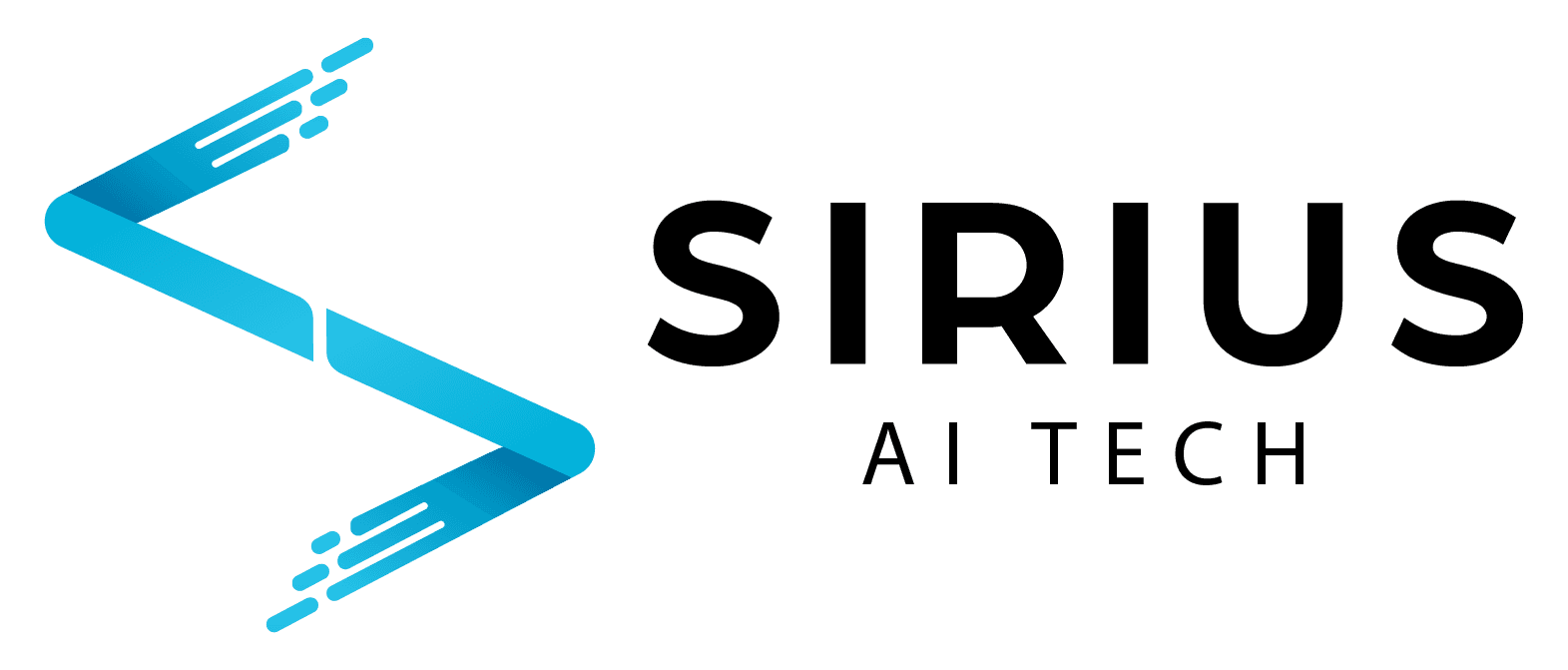Can AI Really Feel Your Pain?
Emotional intelligence (EI) in AI is here, and it’s changing the way we interact with machines.
Blog >
Can AI Really Feel Your Pain?
Let’s admit it: Artificial intelligence (AI) has already beaten us at board games, password management, and even predicting when our favorite TV show will get canceled. But now it’s venturing into a uniquely human domain, emotions. Yes, emotional intelligence (EI) in AI is here, and it’s changing the way we interact with machines.
But can AI really feel your pain? Not exactly. What it can do is analyze your tone, pick up on your frustrations, and maybe even guess when you’re about to slam your keyboard in exasperation. Emotional AI isn’t perfect, but it’s creeping closer to faking empathy convincingly, and that’s both exciting and slightly unnerving.
Emotional AI: From Functional to Empathetic
We’ve all yelled, “REPRESENTATIVE!” into our phones after a frustrating call with a bot. But emotional AI aims to change that. These systems analyze the tone of your voice, the choice of your words, and even the emojis in your late-night emails to detect your emotional state. Whether you’re angry, sad, or simply exhausted, AI is learning to adjust its responses to suit your mood.
Take customer support as an example. Businesses using emotional AI tools have nearly doubled their customer request resolution rates. A cheerful caller might hear, “Great to have you with us!” while a frustrated one is greeted with, “I understand your concern, let’s work on this together.” It’s not perfect, but it’s a huge leap forward from the generic, robotic responses we’re used to.
When Emotional AI Misses the Mark
Of course, emotional AI isn’t flawless. Subtlety and cultural nuances remain its Achilles’ heel. When someone says, “I’m fine,” but clearly isn’t, an AI might take the words at face value. Similarly, sarcasm often flies right over its virtual head.
Consider a company that tested an AI assistant to analyze internal employee feedback. During a high-stress review cycle, the bot flagged nearly all submissions as “negative,” causing some employees to joke that the AI was “more stressed than we were.” While the bot wasn’t wrong, the feedback was critical, the company used the analysis to host an empathy workshop, turning a potential faux pas into a team-building win.
Sometimes, even when AI misses the mark, it sparks valuable conversations.
How Emotional AI is Changing the Workplace
1. Customer Support Gets Personal
One of the most practical uses of emotional AI is in customer service. Tools like Calling AI analyze a caller’s tone in real time and adjust the bot’s responses accordingly. Imagine being greeted warmly when you’re in a good mood or with a calm, reassuring tone when you’re frustrated. These small adjustments make interactions feel personal, even if they’re entirely automated.
By diffusing angry customers and empathizing with stressed ones, emotional AI is turning what used to be dreaded call-center experiences into surprisingly positive ones.
2. Recruitment with Heart
Hiring can feel like speed-dating with endless resumes. Enter CV US, an AI assistant that goes beyond the surface of job applications. It doesn’t just skim for qualifications, it evaluates emotional cues during screening interviews. This helps recruiters spot hidden gems while filtering out candidates who might not align with company culture.
The result? Fewer soulless interviews and better matches, both on paper and in practice.
3. Marketing That Speaks to You
Emotional AI in marketing is all about understanding what makes consumers tick. Tools like Lobster Lead analyze user intent by studying search trends and emotional cues behind them. If customers are searching for comfort foods after a tough week, Lobster Lead might suggest targeted ads for cozy recipes or feel-good products.
By aligning content with user emotions, businesses can create campaigns that feel relatable without coming across as overly robotic.
4. Bias Busting in Employee Data
Sometimes, workplace data tells a story no one wants to hear. Emotional AI tools like Boss AI can objectively analyze employee feedback and company reports to uncover hidden patterns, such as bias in performance evaluations or workplace dissatisfaction.
For example, if sales projections are overly optimistic or workplace concerns are underreported, AI can spot the trends and flag them for human review. Emotional AI isn’t just about empathy, it’s about cutting through the noise to see the bigger picture.
Staying Ahead in the Emotional AI Revolution
Emotional AI is an incredible tool, but it’s not a substitute for genuine human interaction. Here’s how to make the most of it while staying grounded:
Empathy, Not Drama
Your AI doesn’t need to cry along with your customers; it just needs to validate their feelings. Keep the tone professional yet understanding.Reflect Your Brand’s Voice
If your brand is casual and fun, don’t let your AI sound overly formal. Consistency is key to maintaining trust.Test Before You Scale
Start small. Roll out emotional AI in limited capacities and gather feedback to ensure it’s hitting the right notes.Stay Ethical
Emotional data is sensitive. Make sure you’re collecting and using it responsibly. Transparency is crucial, no one wants to feel like their emotions are being analyzed without consent.
Real Talk: Can AI Replace Human Empathy?
Let’s not kid ourselves: AI isn’t capable of feeling emotions. What it can do is detect and respond to them based on data patterns. This makes it a fantastic tool for improving efficiency and adding a personal touch to automated processes.
However, when it comes to deep, meaningful interactions, whether with employees or customers, humans still reign supreme. AI is a great assistant, but it’s not a replacement for authentic human connection.
The Bottom Line
Emotional AI is no longer the stuff of science fiction, it’s here, and it’s changing how businesses interact with customers and employees alike. From improving call center experiences to spotting workplace biases, this technology has the potential to transform industries.
But let’s not forget: AI is a tool, not a replacement. Use it to enhance what you already do well, whether that’s delivering exceptional customer service or fostering a healthy work environment. And when in doubt, remember: no bot can truly replicate the power of human empathy.
Curious about how emotional AI can fit into your business? Reach out to us at Sirius AI Tech for a demo or consultation. Let’s build smarter, more empathetic solutions, together.
Contact us at: hello@siriusaitech.com
Related Blogs

The EU AI Act: A Barrier to Innovation or a Blueprint for Responsible AI?
Explore how the EU AI Act reshapes innovation, ethics, and compliance in AI—and how Sirius AI Tech helps businesses adapt responsibly.
Read

Small Business, Big Impact: How AI Agents Can Boost Your Competitive Edge
Discover how AI agents can boost your small business's efficiency, enhance customer service, and drive growth. Unlock your competitive edge today!
Read

Celebrating Pioneering Women in Artificial Intelligence: Inspiring Stories and Impactful Contributions
The inspiring journeys and groundbreaking contributions of pioneering women in artificial intelligence. Explore the importance of ethical AI, diversity, and inclusivity in technology.
Read
Topics
#
Sirius AI Tech
#
Seferi
#
Lobster Lead
#
CV US
#
Boss AI
#
Quantum
#
Calling AI
#
News
#
Resources





